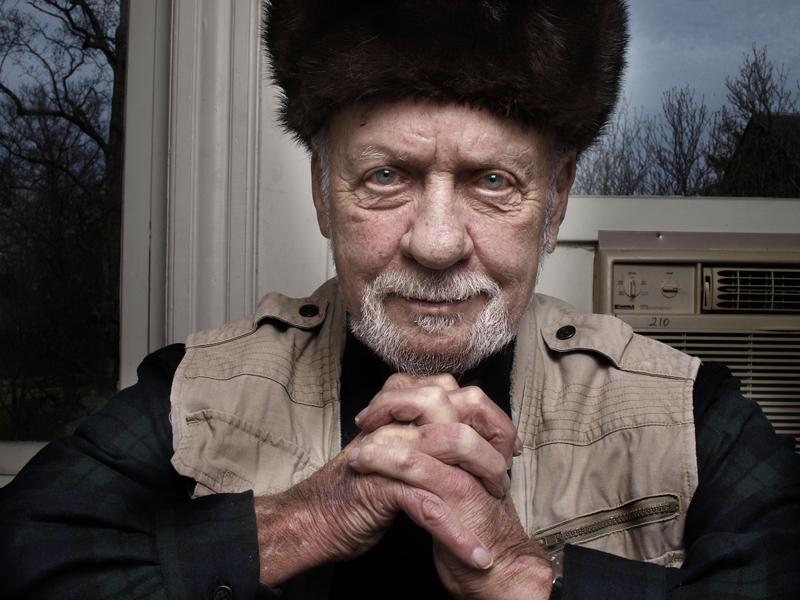
MU is a school built on tradition, and increasingly, built on incredibly high-quality research.
Areas where developments have been made include interaction between dogs and children with autism; renewable and sustainable energy; and nanoparticle radiation-therapy for cancer patients. Professors and students in the schools of social work, psychology, veterinary sciences, arts and science, agriculture and journalism all contributed to the scientific efforts.
Many researchers cited a strong spirit of cross-college cooperation for their successes.
“MU has a true reputation for collaboration,” Interdisciplinary Plant Group Director Robert Sharp said.
David Mendoza-Cozatl, MU assistant professor in the division of plant sciences, received the National Science Foundation’s CAREER grant.
A new MU study will focus on the effects of therapeutic horseback riding on veterans, funded by a $50,000 grant awarded to the MU College of Veterinary Medicine’s Research Center for Human-Animal Interaction by the Horses and Humans Research Foundation.
Shibu Jose, director of the MU Center of Agroforestry, and Hank Stelzer, chair of the MU forestry department, were chosen among experts from around the nation to speak at the inaugural Southeastern Conference Symposium on Monday in Athens, GA.
M. Frederick Hawthorne, a Curators’ Distinguished Professor of chemistry and radiology, led one of MU’s most prominent research studies this year.
Howthorne’s breakthrough on boron-neutron capture-theory brought scientists a step closer to curing cancer. Hawthorne, who was awarded the National Medal of Science by President Barack Obama in February, becoming an honor tap for the QEBH secret society at this year’s Tap Day ceremony.
There is no way to list off every notable or groundbreaking project conducted at MU this year, let alone in its recent history. The labs are constantly humming, the experiments constantly evolving, the coffee constantly brewing.
MU is, after all, is a major research university. And this year it really showed.